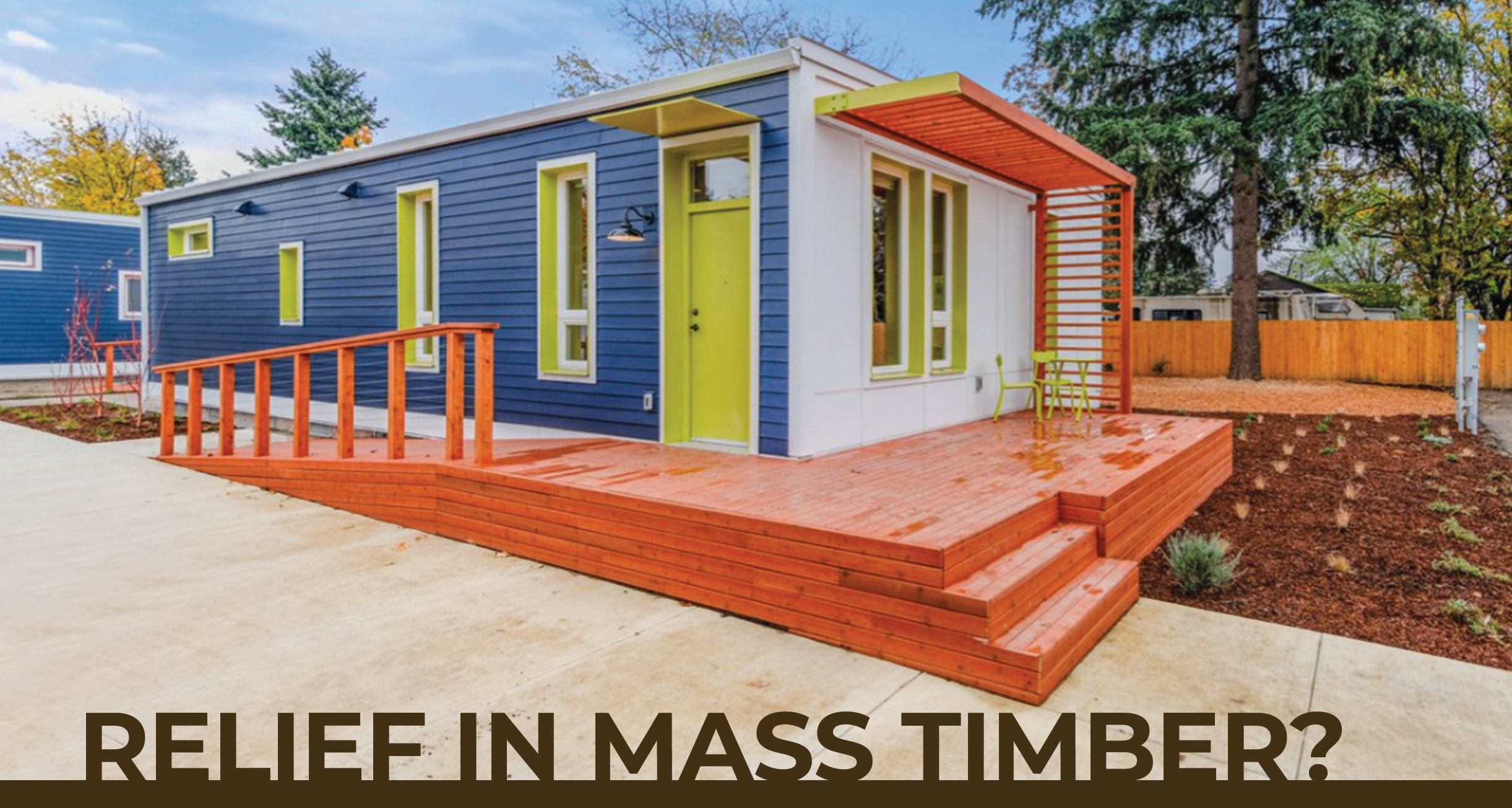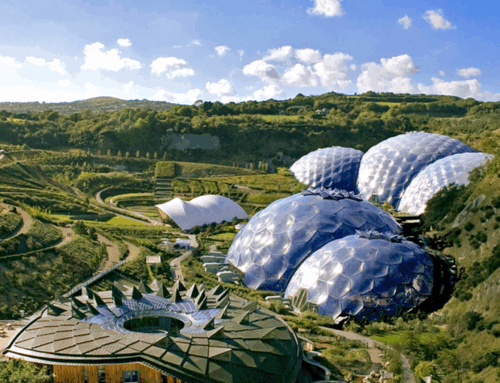
The cure for a national crisis just might be found in our forests.
The American housing crisis continues to deepen.
According to the Joint Center for Housing Studies of Harvard University, a record half of renters in 2022 paid more than 30% of their income for rent and utilities—with nearly half of those paying more than 50%. Meanwhile, the percentage of renters making under $30,000 who fall into the category of “cost burdened” has reached a staggering 83%. And the amount that group has left over after rent, utilities, and household expenses has dropped by almost half, to a paltry $310 a month. This has led in turn to skyrocketing homelessness, with a record 650,000 Americans living in shelters, tents, or cars—up 12% from just last year.
Of late, a cooling housing market and record number of apartments under construction might suggest that some relief is in sight. But experts believe a conventional building boom is unlikely to address the underlying problem: the increased construction costs which price out all but high-income renters.
Enter mass timber.
By locally sourcing and milling the wood that comprises cross-laminated timber, some innovative builders are planning to put a significant dent in the shipping and labor costs that keep prices high. One such outfit, Timber Age Systems in Colorado, is going a step further with vertical integration: their modular CLT parts, sourced from wildfire-prone areas, are produced in-house alongside insulated enclosure systems, resulting in a “forest-to-frame” passive house package. Modular CLT houses also require fewer workers on the building end, reducing labor costs.

One indicator that Mass Timber is gaining momentum as a potential antidote to the housing crisis is government investment. Mass Casitas, an affordable housing project in Portland, was boosted by a five million dollar grant from the state of Oregon to prototype six mass timber houses. The modular homes were assembled in four counties across the state, and donated to families selected by local nonprofits. Now the Mass Casitas team is surveying resident satisfaction and studying how the houses hold up in different climates, in the hopes that their findings will lead to design and production improvements—and, ultimately, manufacturing at scale.
In addition to grants, government support is increasingly coming in the form of legislation.
Take for instance revisions to Washington state’s building code in 2021, which now allow timber structures to rise as high as eighteen stories, and for buildings to feature more exposed wood. That bill led to the announcement, in April, of approved plans for a twelve-story mass timber affordable housing complex near U District Station in Seattle. Elsewhere, progress is less dramatic but meaningful: twenty states have now adopted changes to 2021 the International Building Code, which permits timber structures as tall as six stories. To be sure, mass timber is not an overnight corrective to the housing crisis. But on the growing evidence, it promises in the long term to remedy a problem affecting millions.
For a comprehensive primer on the housing crisis, we highly recommend this video produced by Wired magazine, featuring USC Professor of Urban Planning Kate Nelischer.
Resources:
A Mass Casitas prototype house (Salazar Architect)
Joint Center for Housing Studies, Harvard University




